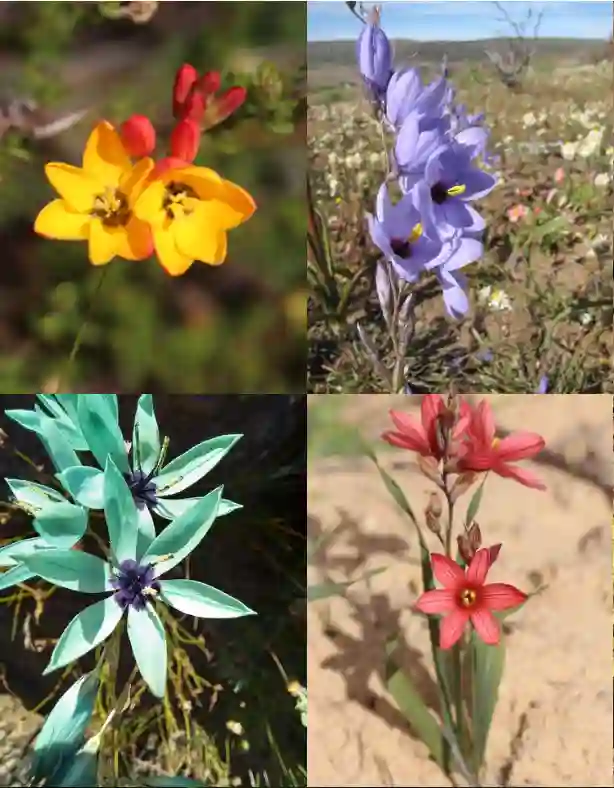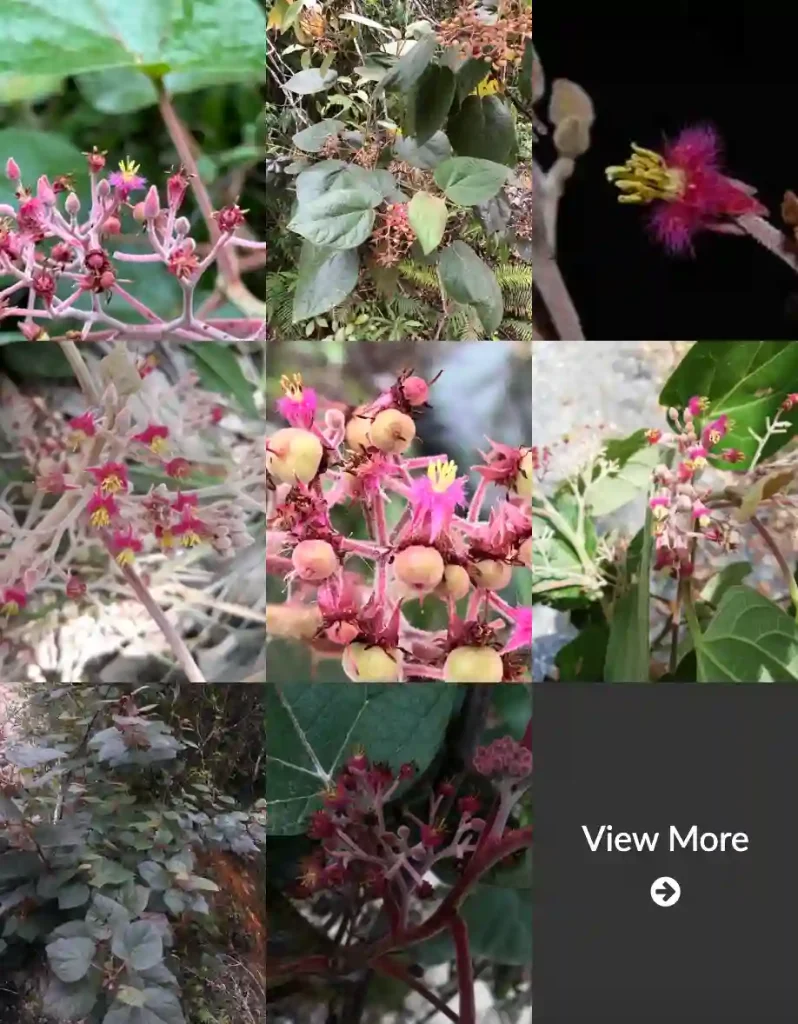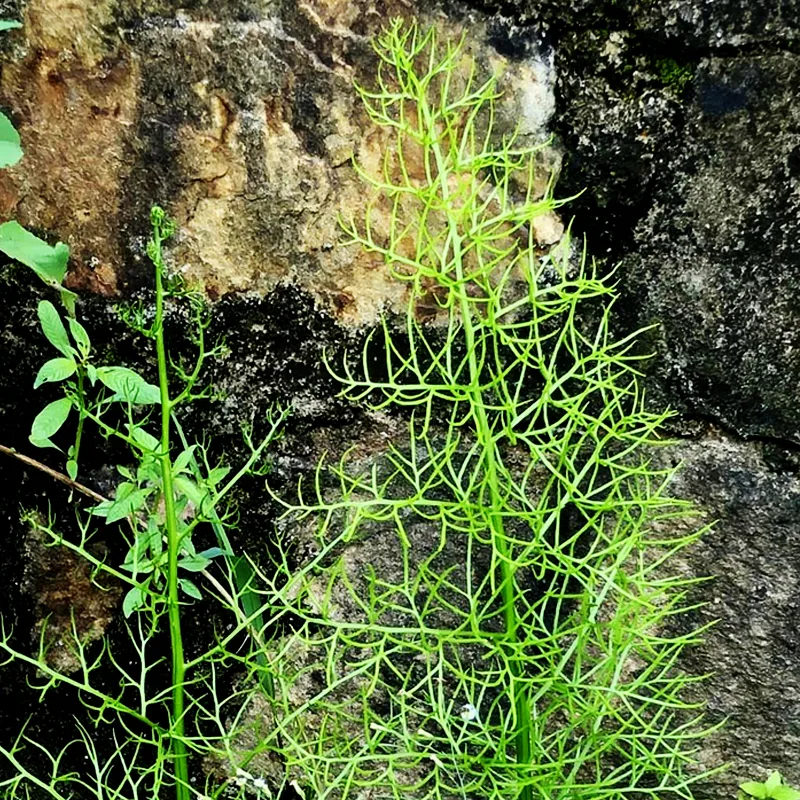Russelia: A Firecracker of a Plant
My name is Ferb Vu, and I’ve always been drawn to the vibrant and diverse world of plants. There’s a particular genus that holds a special place in my heart: Russelia, belong to the family Plantaginaceae. Commonly known as firecracker plant or coralblow, Russelia is a spectacle of vibrant color and delicate form. Native to Mexico and Central America, these plants bring a touch of the tropics to any garden, and I’m excited to share my passion for them with you.
Why I Admire Russelia
What captivates me most about Russelia is its unique morphology. The plants are characterized by their long, arching stems that resemble fireworks shooting off in every direction. These slender stems are adorned with tiny, needle-like leaves, creating a delicate, almost feathery texture. And then there are the flowers. Oh, the flowers! They bloom in a profusion of fiery hues – typically vibrant reds, oranges, and yellows – that truly live up to the “firecracker” moniker. These tubular blossoms dangle like tiny bells, attracting a myriad of pollinators, especially hummingbirds who can’t resist their nectarous offerings.
But Russelia’s beauty is more than just skin deep. These plants are incredibly hardy and low-maintenance, thriving in a variety of conditions. They’re drought-tolerant, making them ideal for xeriscaping, and they don’t shy away from full sun. Whether you’re a seasoned gardener or just starting out, Russelia is a forgiving and rewarding choice.
A Diverse Genus
While the most common image that comes to mind is the fiery red of Russelia equisetiformis, the genus boasts a diverse range of species, each with its own unique charm. Here are:
- Russelia acuminata Carlson
- Russelia campechiana Standl.
- Russelia chiapensis Lundell
- Russelia coccinea (L.) Wettst.
- Russelia contrerasii B.L.Turner
- Russelia conzattii Carlson
- Russelia cora Méndez-Lar. & O.Téllez
- Russelia cuneata B.L.Rob.
- Russelia equisetiformis Schltdl. & Cham.
- Russelia floribunda Kunth
- Russelia furfuracea Brandegee
- Russelia grandidentata Carlson
- Russelia hintonii Lundell
- Russelia iltisneeana B.L.Turner
- Russelia jaliscensis B.L.Rob.
- Russelia laciniata Standl. & Steyerm.
- Russelia lanceifolia Lundell
- Russelia leptopoda Lundell
- Russelia longifolia Carlson
- Russelia longipedunculata Pérez-Calix
- Russelia longisepala Carlson
- Russelia maculosa Lundell
- Russelia manantlana B.L.Turner
- Russelia multiflora Sims
- Russelia obtusata S.F.Blake
- Russelia parvifolia Carlson
- Russelia polyedra Zucc.
- Russelia pringlei B.L.Rob.
- Russelia pubescens Lundell
- Russelia purpusii Brandegee
- Russelia retrorsa Greene
- Russelia rotundifolia Cav.
- Russelia rugosa B.L.Rob.
- Russelia sarmentosa Jacq.
- Russelia sonorensis Carlson
- Russelia staleyae Carlson
- Russelia standleyi Carlson
- Russelia steyermarkii Carlson
- Russelia syringifolia Schltdl. & Cham.
- Russelia tehuana Pérez-Calix & Guzm.-Díaz
- Russelia tenuis Lundell
- Russelia tepicensis B.L.Rob.
- Russelia teres Lundell
- Russelia ternifolia Kunth
- Russelia tetraptera S.F.Blake
- Russelia verticillata Kunth
- Russelia villosa Lundell
- Russelia worthingtonii B.L.Turner
My Experience with Russelia
I first encountered Russelia years ago while visiting a botanical garden. I was immediately struck by the plant’s vibrant display of color and its graceful, cascading form. It reminded me of a living waterfall, and I knew I had to have it in my own garden.
Since then, I’ve cultivated several Russelia species, and they’ve become a staple in my landscape. I’ve found them to be incredibly easy to care for, requiring minimal watering and pruning. They’ve thrived in my garden, attracting a constant stream of hummingbirds and butterflies. I’ve even experimented with propagating them from cuttings, which has been surprisingly successful.
Why You Should Consider Russelia
If you’re looking for a plant that adds a touch of drama and vibrancy to your garden, I highly recommend Russelia. It’s a low-maintenance, drought-tolerant, and pollinator-friendly choice that will reward you with a stunning display of color. Whether you choose the classic firecracker red of R. equisetiformis or explore the unique characteristics of other species, you’re sure to find a Russelia that captures your heart.
Beyond its ornamental value, Russelia also offers some practical benefits:
- Erosion control: Its dense growth habit makes it effective at stabilizing slopes and preventing soil erosion.
- Wildlife habitat: The flowers attract a variety of pollinators, including hummingbirds, butterflies, and bees.
- Medicinal uses: Some Russelia species have traditional medicinal uses, although further research is needed to confirm their efficacy.
In conclusion, Russelia is a versatile and rewarding plant that deserves a place in every garden. Its fiery blooms, graceful form, and easy care make it a true standout. So, why not add a touch of “firecracker” to your own landscape and experience the beauty of Russelia for yourself?
If i die, water my plants!



